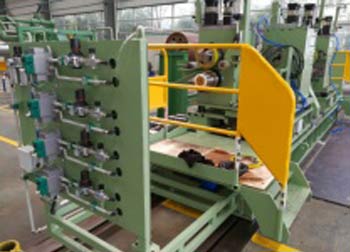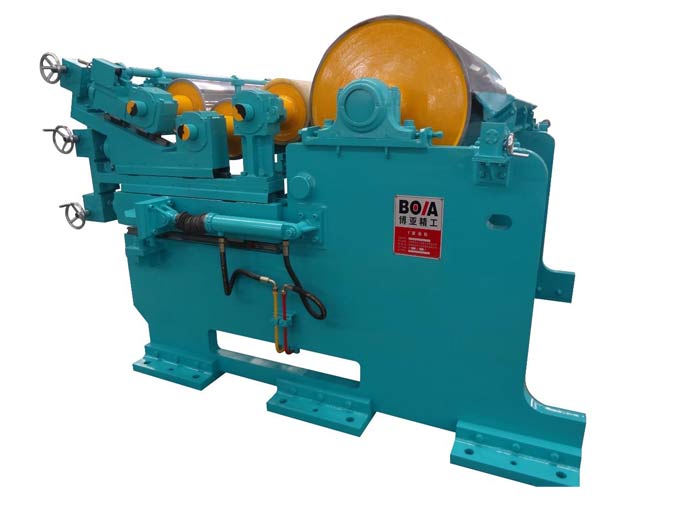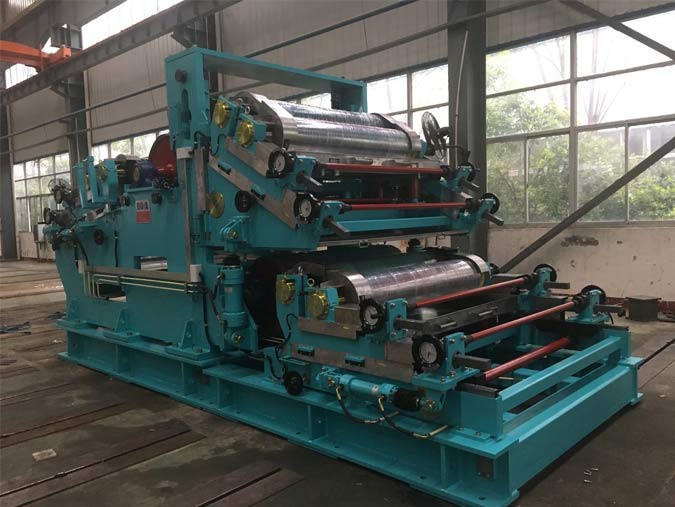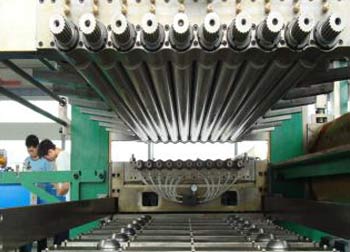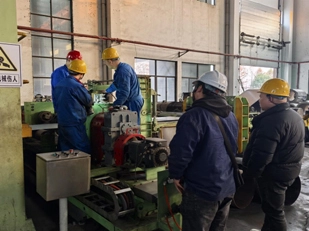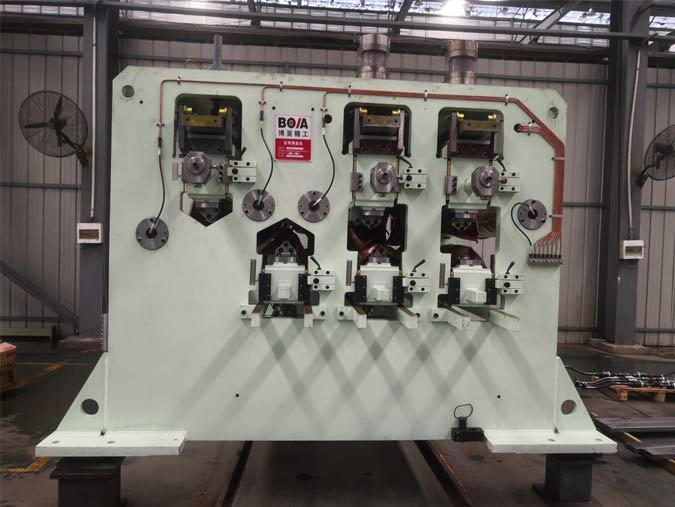Technical Development and Characteristics of Plate Leveler
Straightening is an indispensable and important process to ensure that the production of medium and heavy plates meets the requirements of flatness standards. In recent years, due to the active adoption of the controlled rolling and controlled cooling process, the user's automated processing has put forward more stringent requirements for the flatness of the steel plate, and the existing leveling equipment of many medium and heavy plate factories can no longer meet the requirements, the capacity is too small, the structure is too weak, which is in urgent need of renovation. So far, the hot straightening process of medium and heavy plates still maintains the basic form of roller straightener, but the structure of the straightener has undergone great changes, and several new models have appeared, and the degree of automation has also improved significantly.
1. Development of plate leveler technology
In the face of fierce market competition, the development focus of medium and heavy plates is shifting from the pursuit of output to the pursuit of quality. As an important link in the quality assurance of medium and heavy plates, the medium and heavy steel straightening machine determines the delivery quality of the product. In order to meet the needs of high-quality steel plate production, straightening machine manufacturers have launched straightening machines with advanced technology. With the rapid development of advanced leveling machine technology in the world today, the medium and heavy plate leveling machine is transitioning to heavy-duty, full hydraulic and automation.
2. Technical features of the new flat plate leveler
(1) Process control system
In the theory of each process of medium and heavy plate production, the development of straightening theory is relatively weak. There are two reasons for this: First, the straightening machine has not been paid attention to as a production auxiliary equipment in the past; second, the straightening process is relatively complicated, and theoretical research is difficult. At present, the advanced flat leveler has begun to use the process computer to communicate with the rolling mill process machine, and use the computer model to control. The computer model can set the roll gap according to the thickness, width, flatness and temperature of the straightened steel plate, automatically bite the steel and feed, and has functions such as overload protection and bounce compensation. The adoption of these technologies requires perfect straightening theory as its technical support. In this regard, straightening machine manufacturers have cooperated with research institutions to do research work and have made some progress.
(2) Power straightening machine
As the production of medium and heavy plates generally adopts controlled cooling and controlled rolling, the straightening temperature of the hot straightening machine is gradually reduced, and the cold straightening of medium and heavy plates after heat treatment has become an important means to improve product quality. become necessary equipment. In order to improve production efficiency and product quality, the range of straightening thickness of flat plate straighteners has been gradually expanded. In order to adapt to the market, production lines for wide and extra-wide boards are gradually put into operation. Due to the above reasons, heavy-duty power straighteners have become necessary equipment for new medium and heavy plate production lines.
(3) Variable roll pitch technology
Some medium and heavy plate manufacturers use straightening machines with variable roll distances to expand the range of straightening thicknesses and produce high-strength steel plates. The thickness range produced by this type of steel leveling machine is equivalent to the range of the two leveling machines of the medium plate leveling machine and the thick plate leveling machine, giving full play to the leveling ability of the leveling machine. Due to its high cost performance, the variable roll distance leveler has a wide range of application prospects. At the same time, the variable roll pitch technology has strong practicability in the reconstruction of the existing plate leveler. It can transform the roll system of the existing straightening machine according to the needs of the straightening process, so that the force of the frame is reduced, thereby expanding the straightening thickness range or strength range of the plate leveler, and improving the straightening quality and straightening efficiency.
(4) Roll bending technology
In wide and extra-wide medium and heavy plate production lines, straighteners with roll bending capability have become a must. This straightening machine can produce straightening work rolls with a certain amount of curvature, which can eliminate the bouncing of the frame, and at the same time, due to the existence of bending rolls, it can effectively improve the lateral shape of the plate.
Topics You May Be Interested in:
Roll Coating Process
Backup Rolls
Precision Blanking
Conventional Stamping
Rubber Roller Coating Machine
Press Blanking
Popular BOYA Flat Metal Processing Machinery
Other Articles about BOYA Flat Metal Processing Machinery

 English
English 